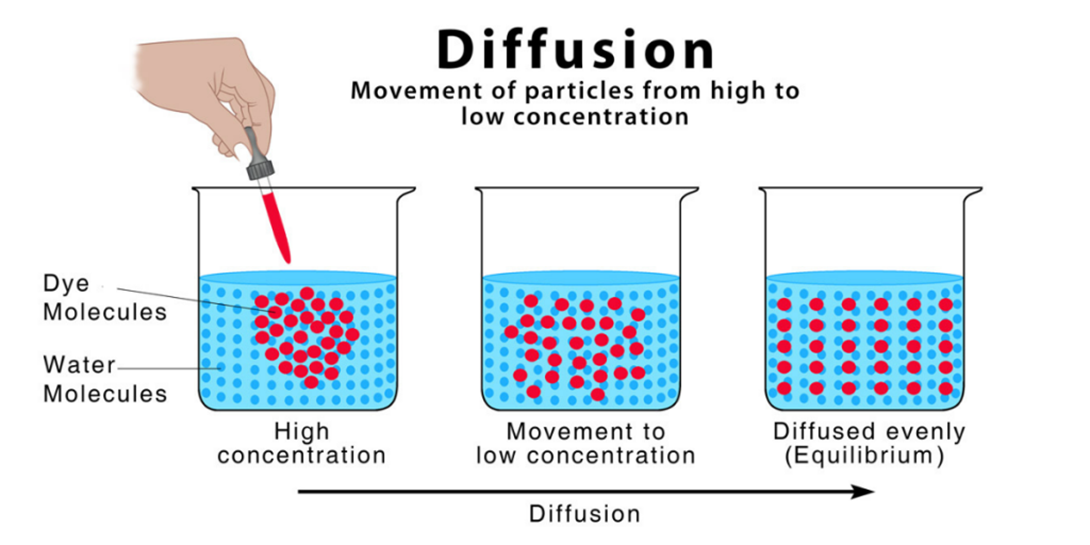The patient who was admitted after vomiting for 3 days would show an abnormally low blood pressure because of a fluid shift from:
intracellular to the extracellular.
interstitial to intravascular.
interstitial to the intracellular.
intravascular to the interstitial.
The Correct Answer is D
Choice A reason: Intracellular to the extracellular fluid shift is not the cause of low blood pressure in this case. This fluid shift occurs when the cells lose water due to osmosis, such as in dehydration or hypernatremia.
Choice B reason: Interstitial to intravascular fluid shift is not the cause of low blood pressure in this case. This fluid shift occurs when the fluid moves from the tissue spaces to the blood vessels, such as in hypovolemia or hypotonic fluid administration.
Choice C reason: Interstitial to the intracellular fluid shift is not the cause of low blood pressure in this case. This fluid shift occurs when the fluid moves from the tissue spaces to the cells, such as in overhydration or hyponatremia.
Choice D reason: Intravascular to the interstitial fluid shift is the cause of low blood pressure in this case. This fluid shift occurs when the fluid moves from the blood vessels to the tissue spaces, such as in edema, inflammation, or increased capillary permeability. This reduces the blood volume and lowers the blood pressure.
Nursing Test Bank
Naxlex Comprehensive Predictor Exams
Related Questions
Correct Answer is D
Explanation
Choice A reason: Intracellular to the extracellular fluid shift is not the cause of low blood pressure in this case. This fluid shift occurs when the cells lose water due to osmosis, such as in dehydration or hypernatremia.
Choice B reason: Interstitial to intravascular fluid shift is not the cause of low blood pressure in this case. This fluid shift occurs when the fluid moves from the tissue spaces to the blood vessels, such as in hypovolemia or hypotonic fluid administration.
Choice C reason: Interstitial to the intracellular fluid shift is not the cause of low blood pressure in this case. This fluid shift occurs when the fluid moves from the tissue spaces to the cells, such as in overhydration or hyponatremia.
Choice D reason: Intravascular to the interstitial fluid shift is the cause of low blood pressure in this case. This fluid shift occurs when the fluid moves from the blood vessels to the tissue spaces, such as in edema, inflammation, or increased capillary permeability. This reduces the blood volume and lowers the blood pressure.
Correct Answer is {"dropdown-group-1":"A"}
Explanation
Choice A reason: Diffusion is the process by which small ions such as glucose, oxygen, and carbon dioxide redistribute themselves through semipermeable membranes from areas of higher concentration to areas of lower concentration. This is how these molecules move across the cell membrane and the capillary wall.
Choice B reason: Osmosis is the process by which water moves through semipermeable membranes from areas of lower solute concentration to areas of higher solute concentration. This is how water balance is maintained across the cell membrane and the capillary wall.
Choice C reason: Blood pressure is the force exerted by the blood on the walls of the blood vessels. It is not a process by which small ions redistribute themselves through semipermeable membranes, but rather a factor that influences the movement of fluids and solutes across the capillary wall.
Choice D reason: Rehydration is the process of restoring the fluid balance in the body by drinking fluids or receiving intravenous fluids. It is not a process by which small ions redistribute themselves through semipermeable membranes, but rather a treatment for dehydration.

Whether you are a student looking to ace your exams or a practicing nurse seeking to enhance your expertise , our nursing education contents will empower you with the confidence and competence to make a difference in the lives of patients and become a respected leader in the healthcare field.
Visit Naxlex, invest in your future and unlock endless possibilities with our unparalleled nursing education contents today
Report Wrong Answer on the Current Question
Do you disagree with the answer? If yes, what is your expected answer? Explain.
Kindly be descriptive with the issue you are facing.
